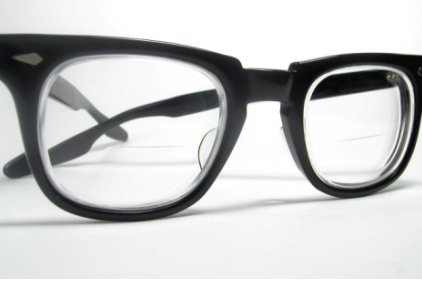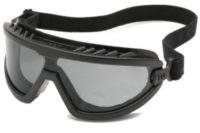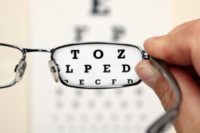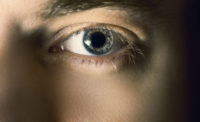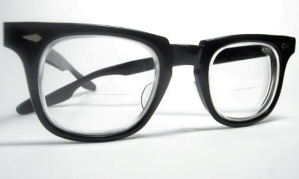 Most of us expect vision problems to wield a monetary blow not only on people living with the condition but also on the U.S. economy. The impact is felt particularly by third-party payers and patients' caregivers.
Most of us expect vision problems to wield a monetary blow not only on people living with the condition but also on the U.S. economy. The impact is felt particularly by third-party payers and patients' caregivers.
Understanding the costs will help policymakers develop better policies and interventions for preventing and treating vision problems. If appropriate preventive steps are not taken, costs will burgeon as the U.S. population ages and life expectancy increases.
The number of Americans with impaired vision, including blindness, could more than double over the next three decades.
The Economic Impact of Vision Problems describes the economic burden of age-related macular degeneration (AMD), cataract, diabetic retinopathy, primary open-angle glaucoma and refractive error. It also looks at the economic impact of vision problems and blindness.
The Economic Impact of Vision Problems report is funded by Prevent Blindness America. Two teams of prominent health economists contributed to the report. They delved into public sources of data, teasing out the impact of vision problems on federal and state budgets, personal expenditures and health-related quality of life.
The annual excess monetary impact to individuals with visual impairment and blindness, caregivers and other healthcare payers is calculated at $5.48 billion. On top of the $5.48 billion is an annual health utility loss of approximately $10.5 billion: Medical care expenditures reflect costs associated with events such as outpatient doctor visits, emergency room visits, hospital stays, dental visits, home care and also medical supplies and prescription drugs.
Informal care costs refer to the value of time related to unpaid care provided by friends and family members.
Health utility is a useful measure for evaluating quality of life in chronic medical conditions where there is little or no impact on mortality in the short term. It enables health-related quality of life (e.g., distress, depression, mobility, social limitations) to be quantified and transformed into quality adjusted life years (QALYs) gained or lost. QALYs are used in cost-effectiveness analyses. For the 3.7 million people who are visually impaired or blind, the loss in QALYs is calculated at over $209,200. In the U.S., a regularly used value for QALYs is $50,000.
Americans with vision problems could double in next 30 years
